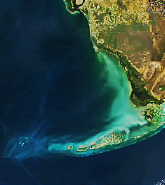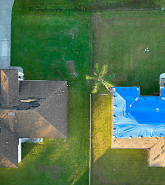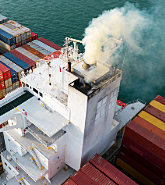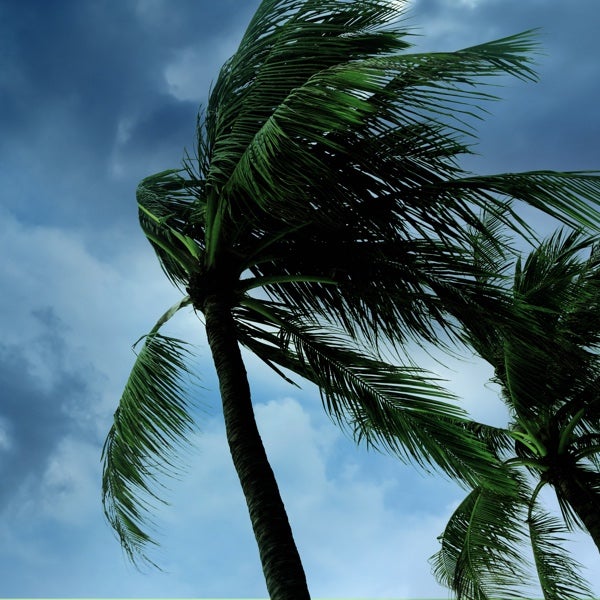Holding the biggest gathering of reinsurers and insurers in Monte Carlo at the crest of the hurricane season almost guarantees that over the four days of the meeting, some tropical cyclone action is playing out somewhere in the oceans.
If you look back over the past few years of the Rendez-Vous de September (RVS) meetings (the sixty-sixth meeting since 1957) we can recall the accompanying hurricane sagas.
At last year’s RVS, in just two days of early September 2023, Tropical Storm Lee rapidly intensified to Cat 5 Hurricane Lee by the first day of RVS. But pursued by shear, Lee had dropped below hurricane intensity by the Monday.
2022 saw a quiet early September although Cat 5 Hurricane Ian arrived at the end of the month.
In 2020 and 2021 the Rendez-Vous was cancelled.
In late August 2019, Hurricane Dorian had parked over the Bahamas as a Cat 5, causing terrible damage and loss of life. By the first week of September and into RVS, Dorian had weakened and moved to make landfall on North Carolina’s Outer Banks, before advancing on Nova Scotia.
In 2018, Hurricane Florence achieved a second bout of intensification on the Monday of RVS but weakened before landfall in the Carolinas at Cat 1.
Meanwhile, the most dramatic year was 2017. Hurricane Harvey had already dropped unprecedented rainfall on Houston in the last week of August while the day before RVS got underway, Irma made landfall in Florida.
There was much to talk about in terms of big prospective catastrophe losses, during a month that was then bookended by Cat 5 Hurricane Maria. 2017 still stands as the most costliest hurricane season in terms of losses.
No Drama at RVS 2024?
And so as RVS 2024 begins, it looked like, after a quiet August, this would be a very active second week of September, with lots of hurricanes to talk about and possible landfalls to contemplate. All the seasonal forecast agencies, public, private, and academic, consistently predicted an intense season.
Yet, when taking a look at the potential sites for spinning up tropical cyclone circulations, with the National Hurricane Center showing at least five locations across the Atlantic on September 5, they all seemed to be sputtering. By September 6, two had dropped off the forecast, and the other three had low chances of tropical cyclone formation.
As my colleagues Sarah Hartley and James Cosgrove from Moody's RMS Event Response point out in their mid-season review blog, the North Atlantic basin did not produce a named storm between August 13 and September 2 for the first time since 1968, some 56 years ago.
It now looks possible there will be no significant hurricanes as a backdrop to the RVS. And while there could be a dramatic catch-up in activity through the second half of September and into October, the available window is reducing.
We should be prepared for the possibility of a seasonal forecast miss.
Parameters Placing Pressure on the Forecasts
Something we always have to remember about seasonal forecasts; they rely on a small number of parameters that are easily measurable and well-constrained, like sea surface temperatures and the state of the El Niño–Southern Oscillation (ENSO), while assuming that other less understood parameters are in an average state, without knowing how they should be measured or included in the seasonal forecast recipe.
After a strong start to the season in late June and early July with Hurricane Beryl bringing on the earliest-ever Cat 5 storm, through August when clusters of thunderstorms seemed ready to form a full circulation, they are failing to complete the transition.
The circulatory waves spinning off Africa are bringing rainfall further to the north than is usual, bringing occasional heavy rain to help water the Sahara and then passing over the cool waters of the Canary Current.
Parcels of dry air are getting entrained. Temperatures at air flight levels have been consistently higher than usual, reducing convection. As to the causes you can join the conversation: some researchers continue to point to the excess water vapor, a greenhouse gas, blasted into the stratosphere by the early 2023 Tonga underwater eruption.
However, above all this reveals why catastrophe modeling and reinsurance pricing apply a longer-term average for determining activity rates. Models help to explore the probability of no landfalling hurricanes during a season, through to probabilities of a very intense, damaging season.
Seasonal forecasts continue to manifest both higher and lower activities than anticipated. Beyond sea surface temperatures and the state of ENSO, there may be other parameters to include in the forecasts but the complexity that needs to be unraveled makes it not worth holding your breath awaiting a reliable formula.
Meanwhile, this season’s midpoint is unlikely to wander, so the hurricane backdrop to the RVS will continue.
For a deeper dive into the factors affecting the 2024 hurricane season and what could be in store, read our mid-season review blog from Moody’s RMS Event Response team.









